I receive the following error in DidCompleteWitherror:
com.apple.AuthenticationServices.Authorization Error Code 1000
I'm using the following code to sign in to Apple
var appleIdProvider = new ASAuthorizationAppleIdProvider();
var request = appleIdProvider.CreateRequest();
request.RequestedScopes = new ASAuthorizationScope[] { ASAuthorizationScope.Email, ASAuthorizationScope.FullName };
var authController = new ASAuthorizationController(new[] { request });
authController.Delegate = this;
authController.PresentationContextProvider = this;
authController.PerformRequests();
...
[Export("authorizationController:didCompleteWithAuthorization:")]
public void DidComplete(ASAuthorizationController controller, ASAuthorization authorization)
{
...
}
[Export("authorizationController:didCompleteWithError:")]
public void DidComplete(ASAuthorizationController controller, NSError error)
{
...
}
- I checked Apple Sign-in in the Entitlements.plist
- I created app id in the management console, verified my domain. Even web auth works already.
- I tried to switch provisioning profile to one with apple sign in.
What could be the reason of this error?




